Introduction
Kolkata, formerly known as Calcutta, is the capital of the Indian state of West Bengal. It is a city that beautifully blends the old with the new, where history breathes in every corner and modernity pulses through its streets. Kolkata is often referred to as the cultural capital of India, a title it has earned through its rich history, vibrant arts scene, literary heritage, and intellectual dynamism. This blog aims to take you on an extensive journey through Kolkata, unravelling its many layers and showcasing why this city is a must-visit destination.
Historical Background
The Origins and Colonial Era
Kolkata’s history dates back to ancient times, but its modern era began with the arrival of the British East India Company in the late 17th century. The city was officially founded in 1690 by Job Charnock, a British administrator, though this attribution has been contested. Over the years, Kolkata grew into the capital of British India until 1911, when the capital was moved to Delhi.
The British influence is evident in the city’s architecture, educational institutions, and cultural life. Landmarks such as the Victoria Memorial, Fort William, and the Howrah Bridge stand as testaments to Kolkata’s colonial past. The city played a significant role in India’s struggle for independence, with many movements and leaders, including Rabindranath Tagore and Subhas Chandra Bose, having roots here.
Post-Independence Kolkata
After India’s independence in 1947, Kolkata continued to thrive as a centre of culture and intellect. However, the city also faced numerous challenges, including economic stagnation and political unrest, particularly during the Naxalite movement of the 1960s and 1970s. Despite these challenges, Kolkata has shown remarkable resilience and continues to be a beacon of cultural and intellectual activity in India.
Cultural Heritage
Literary Legacy
Kolkata has been home to some of India’s greatest literary figures. Rabindranath Tagore, the first non-European Nobel laureate in Literature, was born here. His works, which include poetry, novels, music, and plays, have left an indelible mark on Indian culture. The city also boasts other literary giants like Bankim Chandra Chattopadhyay, Sarat Chandra Chattopadhyay, and Satyajit Ray, the legendary filmmaker and writer.
The city’s love for literature is evident in its numerous bookshops, literary festivals, and the Kolkata Book Fair, the largest book fair in Asia. College Street, often referred to as Boi Para (Book Market), is a paradise for book lovers, lined with countless stalls selling both new and second-hand books.
Arts and Theatre
Kolkata’s artistic scene is as vibrant as its literary one. The city has a rich tradition of theatre, with numerous auditoriums and theatre groups performing regularly. The Academy of Fine Arts, Rabindra Sadan, and Nandan are some of the prominent cultural centres that host plays, films, and art exhibitions.
The influence of Bengali theatre is profound, with playwrights like Girish Chandra Ghosh, Utpal Dutt, and Badal Sircar having made significant contributions. Kolkata is also the birthplace of Jatra, a traditional form of folk theatre that remains popular in rural Bengal.
Music and Dance
Music is an integral part of Kolkata’s cultural fabric. The city is known for its classical music traditions, both Hindustani and Carnatic, with regular performances and concerts held at various venues. Rabindra Sangeet, the songs written and composed by Rabindranath Tagore, hold a special place in the hearts of Bengalis.
Kolkata is also famous for its vibrant dance scene, encompassing classical forms like Bharatanatyam, Kathak, and Odissi, as well as contemporary and folk dances. The city’s Durga Puja celebrations are particularly noteworthy for their cultural performances, including music and dance.
Architectural Marvels
Colonial Architecture
Kolkata’s colonial architecture is one of its most striking features. The cityscape is dotted with grand buildings that reflect British architectural styles. The Victoria Memorial, an iconic marble structure dedicated to Queen Victoria, is a prime example. Surrounded by lush gardens, it houses a museum that showcases the history of the British period in India.
Fort William, built in the early 18th century, is another significant colonial structure. It now serves as the headquarters of the Eastern Command of the Indian Army. The Writers’ Building, once the office of the British East India Company’s writers, and St. Paul’s Cathedral, an Anglican cathedral known for its Gothic Revival architecture, are also noteworthy.
Indigenous Architecture
In addition to its colonial edifices, Kolkata boasts a wealth of indigenous architectural styles. The city’s temples, such as the Kalighat Kali Temple and Dakshineswar Kali Temple, are prime examples of traditional Bengali temple architecture. The terracotta temples of Bishnupur, located a few hours from Kolkata, are also a testament to the region’s architectural heritage.
The Marble Palace, a 19th-century mansion built by Raja Rajendra Mullick, is a blend of traditional Bengali and European styles. It houses an impressive collection of sculptures, paintings, and antiques, making it a must-visit for art enthusiasts.
Festivals and Celebrations
Durga Puja
Durga Puja is the most significant and grandly celebrated festival in Kolkata. Held in honor of the Hindu goddess Durga, the festival transforms the city into a carnival of lights, music, and cultural performances. Elaborate pandals (temporary structures) are erected throughout the city, each uniquely decorated and housing beautiful idols of the goddess.
The festival, which lasts for ten days, culminates in the immersion of the idols in the Ganges River. Durga Puja is not just a religious event but a cultural extravaganza that showcases the creativity and artistic talents of the people of Kolkata.
Other Festivals
While Durga Puja is the highlight, Kolkata celebrates a myriad of other festivals with equal fervor. Diwali, the festival of lights, and Holi, the festival of colors, are widely celebrated. Christmas in Kolkata, especially around Park Street, is a festive affair with lights, decorations, and music.
The city also hosts several cultural festivals, such as the Kolkata International Film Festival (KIFF), which attracts filmmakers and cinephiles from around the world, and the Dover Lane Music Conference, a prestigious Indian classical music festival.
Culinary Delights
Bengali Cuisine
Kolkata is a paradise for food lovers, offering a diverse and delectable range of culinary delights. Bengali cuisine, known for its use of mustard oil, panch phoron (a five-spice blend), and a balance of sweet and spicy flavors, is a highlight.
Fish is a staple in Bengali cuisine, with dishes like macher jhol (fish curry) and ilish bhapa (steamed hilsa) being particularly popular. The city is also famous for its street food, including phuchka (pani puri), kathi rolls (flatbread rolls filled with kebabs), and jhalmuri (spicy puffed rice).
Sweets and Desserts
No visit to Kolkata is complete without indulging in its sweets. The city is renowned for its confectioneries, especially rosogolla (spongy cheese balls in syrup) and Sandesh (a sweet made from chena or cottage cheese). Mishti doi (sweetened yogurt) is another local favourite.
Iconic sweet shops like K.C. Das, Bhim Chandra Nag, and Balaram Mullick & Radharaman Mullick have been serving these delicacies for generations, making them must-visit spots for anyone with a sweet tooth.
Markets and Shopping
New Market
New Market, officially known as Sir Stuart Hogg Market, is one of Kolkata’s oldest and most popular shopping destinations. Established in 1874, it offers a wide variety of goods, from clothing and accessories to groceries and electronics. The market’s labyrinthine alleys are a shopper’s delight, where bargaining is an essential part of the experience.
Park Street
Park Street, also known as Mother Teresa Sarani, is another major shopping and dining hub. Lined with boutiques, bookstores, cafes, and restaurants, it is the perfect place to experience Kolkata’s modern urban vibe. The street comes alive during the Christmas season with festive lights and decorations, making it a must-visit during the holidays.
Handicrafts and Souvenirs
For those interested in traditional crafts, Kolkata offers a range of handicrafts, including terracotta items, kantha embroidery, and dokra (metal casting art). Shanti Niketan, located a few hours from Kolkata, is famous for its leather products and batik work. The Kolkata Haat, a weekly market, is a great place to find these handmade goods and support local artisans.
Education of Kolkata
Kolkata boasts a robust education system, blending traditional and modern approaches. The city is home to prestigious institutions like the University of Calcutta, Jadavpur University, and Presidency University, which offer diverse academic programs. Renowned for its emphasis on arts, science, and technology, Kolkata also hosts esteemed schools like St. Xavier’s, Loreto House, and South Point. The city’s education system promotes holistic development, encouraging intellectual and cultural growth. With a mix of public and private institutions, Kolkata continues to be a hub for academic excellence and innovation, attracting students from across India and beyond.
Top Tourist Attractions in Kolkata
Kolkata, with its rich cultural heritage and historical significance, offers a plethora of attractions for tourists. Here’s a guide to some of the must-visit places in this vibrant city.
- Victoria Memorial
A stunning white marble structure, the Victoria Memorial is a testament to the British Raj in India. This iconic monument, surrounded by lush gardens, houses a museum with an impressive collection of artifacts from the British era.
- Howrah Bridge
One of the busiest cantilever bridges in the world, Howrah Bridge is an engineering marvel and an iconic symbol of Kolkata. Spanning the Hooghly River, it connects Kolkata and Howrah, and is a bustling hub of activity.
- Dakshineswar Kali Temple
Located on the banks of the Hooghly River, the Dakshineswar Kali Temple is dedicated to the goddess Kali. The temple’s spiritual ambiance and architectural grandeur attract millions of devotees and tourists alike.
- Indian Museum
Established in 1814, the Indian Museum is the oldest and largest museum in India. It houses an extensive collection of artifacts, including ancient sculptures, fossils, and textiles, offering a deep dive into the country’s rich history.
- Marble Palace
A 19th-century mansion, the Marble Palace is known for its neoclassical architecture and a vast collection of sculptures, paintings, and antiques. The palace also has a private zoo, adding to its charm.
- St. Paul’s Cathedral
Built in an Indo-Gothic style, St. Paul’s Cathedral is one of the most prominent churches in Kolkata. Its beautiful stained-glass windows and serene atmosphere make it a popular spot for both worship and tourism.
- Kalighat Kali Temple
One of the 51 Shakti Peethas, the Kalighat Kali Temple is a major pilgrimage site. The temple, dedicated to the goddess Kali, is one of the oldest and most revered shrines in Kolkata.
- Birla Planetarium
One of the largest planetariums in Asia, the Birla Planetarium offers an engaging experience for astronomy enthusiasts. It conducts regular shows on various aspects of astronomy in multiple languages.
- Science City
An excellent place for interactive learning, Science City is the largest science centre in the Indian subcontinent. It features a variety of exhibits, including a space theatre, a maritime centre, and a dynamic Earth exploration hall.
- Park Street
Known as the “Food Street” of Kolkata, Park Street is a bustling area famous for its restaurants, cafes, and nightlife. The street is especially lively during festivals like Christmas and New Year.
- Eco Park
A vast urban park, Eco Park offers a perfect blend of nature and recreational activities. It features a butterfly garden, an ice-skating rink, and replicas of the Seven Wonders of the World.
- South Park Street Cemetery
Dating back to the 18th century, the South Park Street Cemetery is one of the oldest cemeteries in Kolkata. Its grand tombs and serene environment make it a fascinating place for history buffs.
- Rabindra Sarobar
A large artificial lake, Rabindra Sarobar is a popular spot for morning walks, boating, and picnics. The area around the lake is lush and green, providing a peaceful escape from the city’s hustle and bustle.
- Belur Math
Founded by Swami Vivekananda, Belur Math is the headquarters of the Ramakrishna Mission. Its unique architecture, blending Hindu, Christian, and Islamic motifs, symbolizes unity and attracts visitors seeking spiritual solace.
- Prinsep Ghat
Situated along the Hooghly River, Prinsep Ghat is a picturesque location with colonial-era charm. It’s an ideal spot for a leisurely stroll, boat ride, or simply enjoying the sunset.
- New Market
For shopping enthusiasts, New Market is a paradise. Established in 1874, this market offers a wide variety of goods, from clothing and accessories to fresh produce and electronics.
- Mother House
The headquarters of the Missionaries of Charity, Mother House is where Mother Teresa lived and worked. It houses her tomb and a small museum dedicated to her life and mission.
conclusion
Kolkata, formerly known as Calcutta, is the capital of the Indian state of West Bengal. Located on the eastern bank of the Hooghly River, it is the cultural and intellectual hub of India, known for its rich history, colonial architecture, and vibrant arts scene. Kolkata hosts significant landmarks like the Victoria Memorial, Howrah Bridge, and Indian Museum. It’s famous for its literary heritage, being the birthplace of Nobel laureate Rabindranath Tagore. The city celebrates the grand festival of Durga Puja with immense fervour. Renowned for its cuisine, Kolkata offers delicious street food and traditional Bengali dishes.



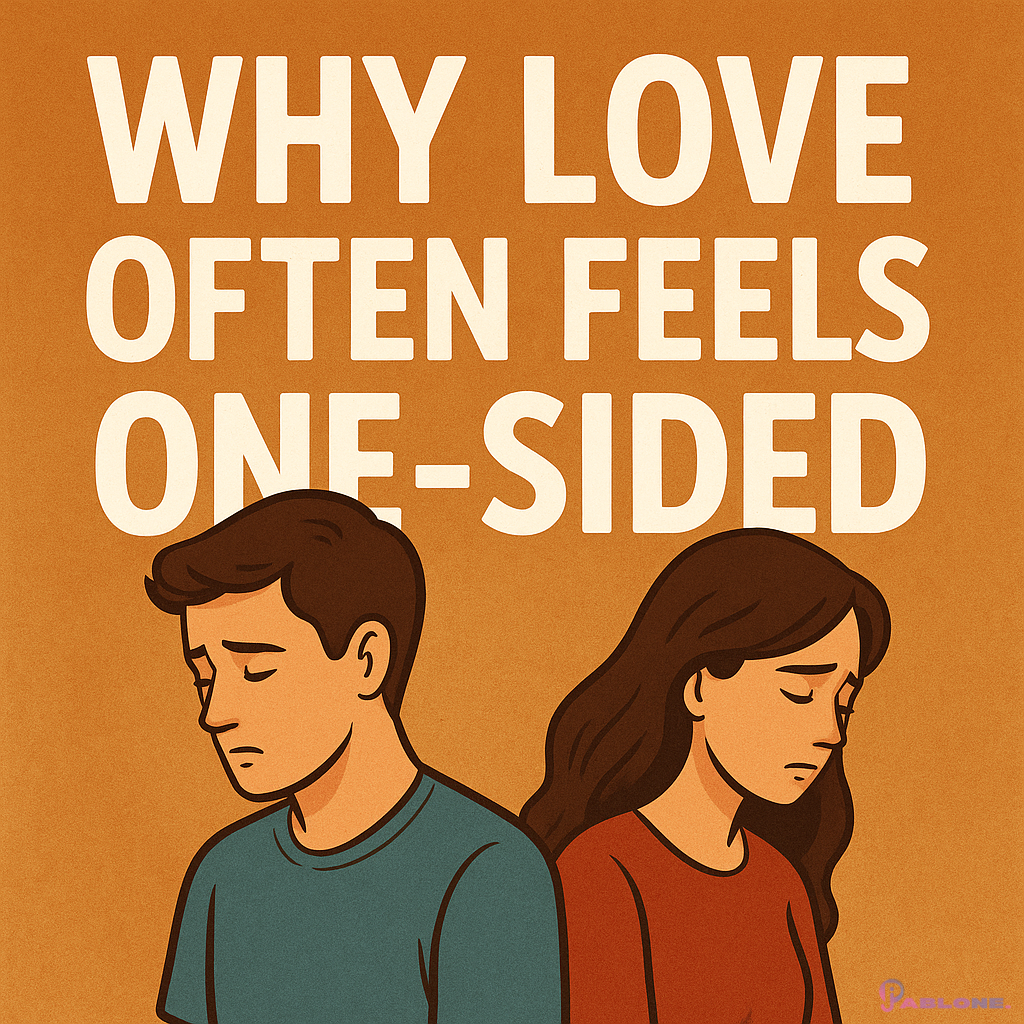
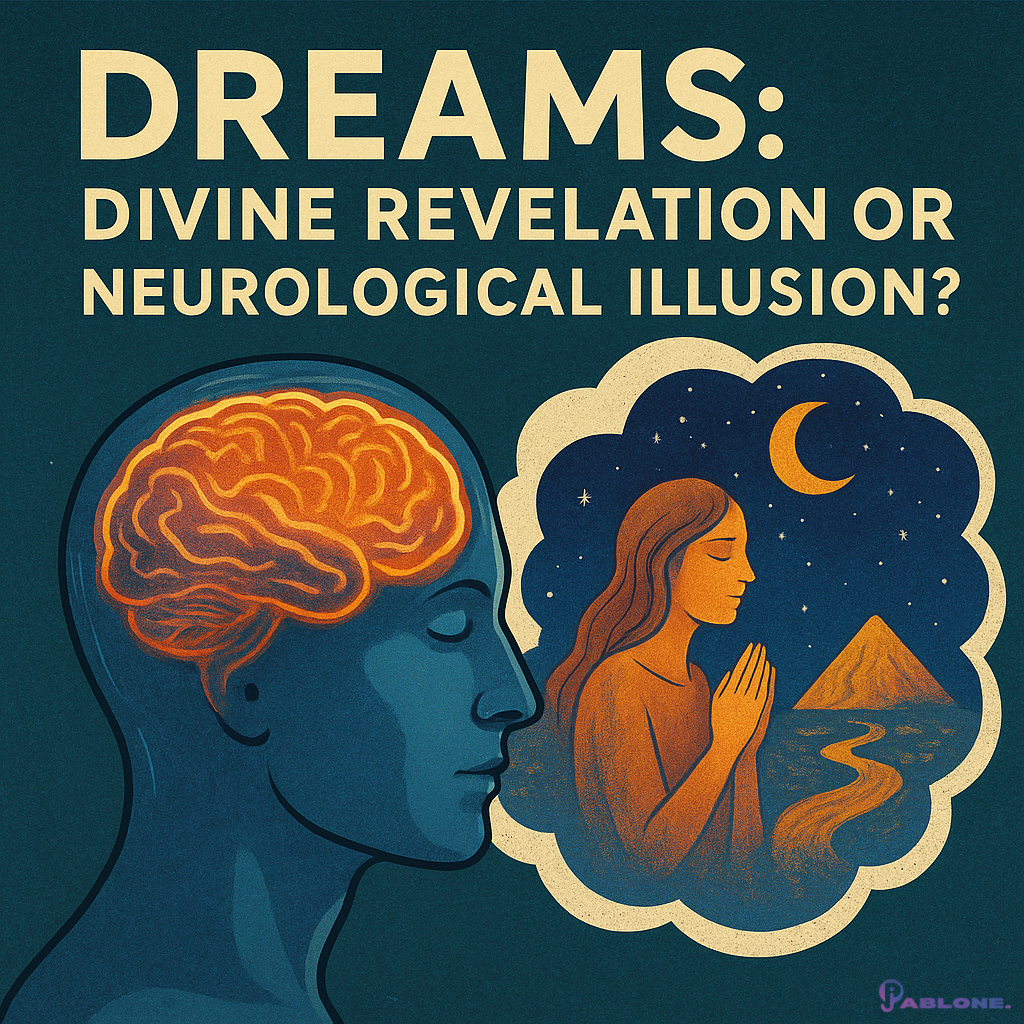
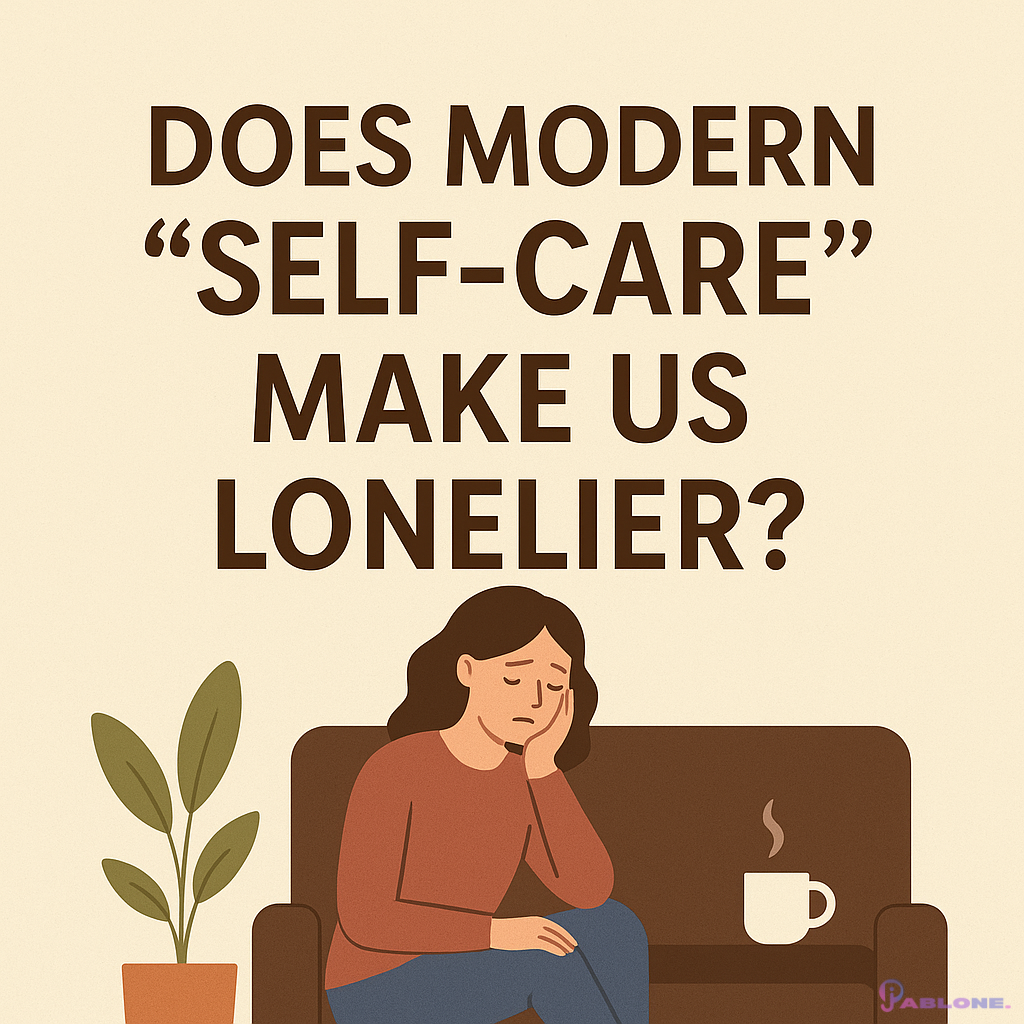
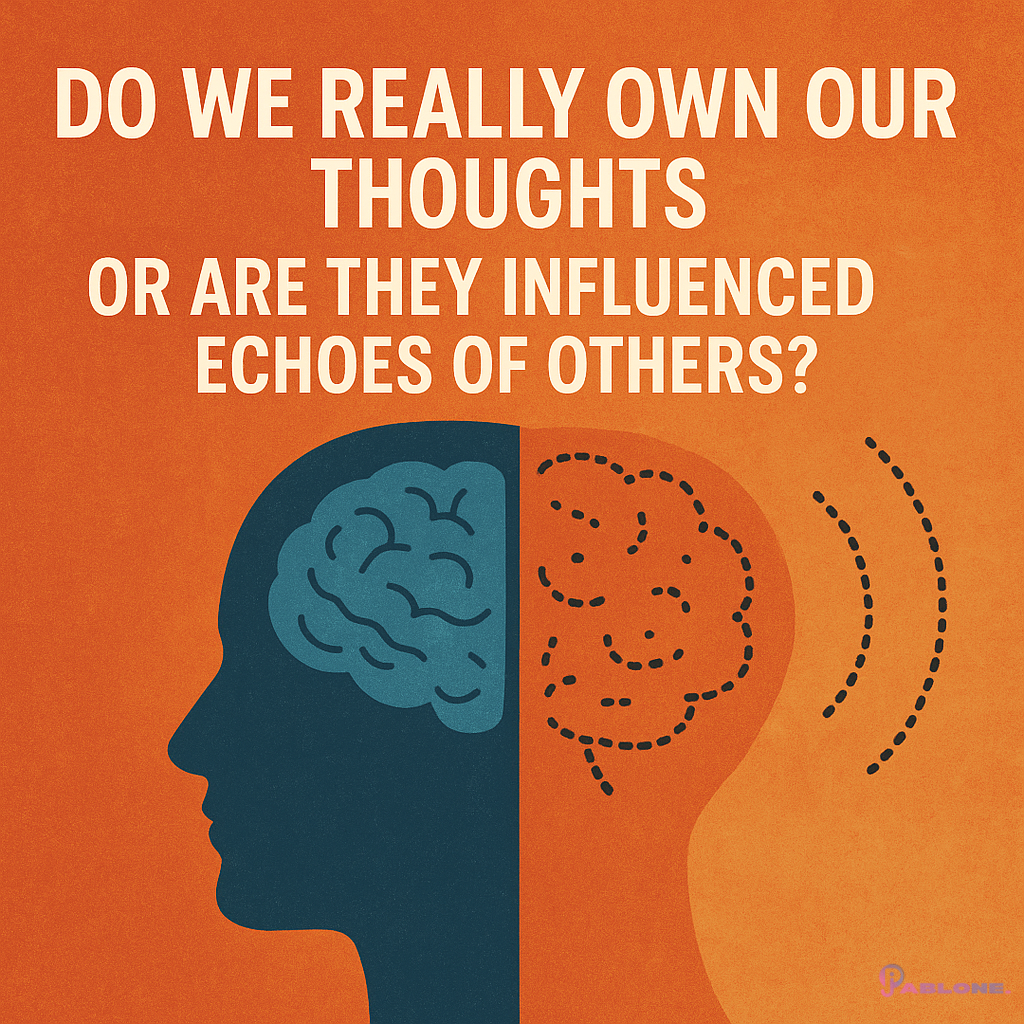
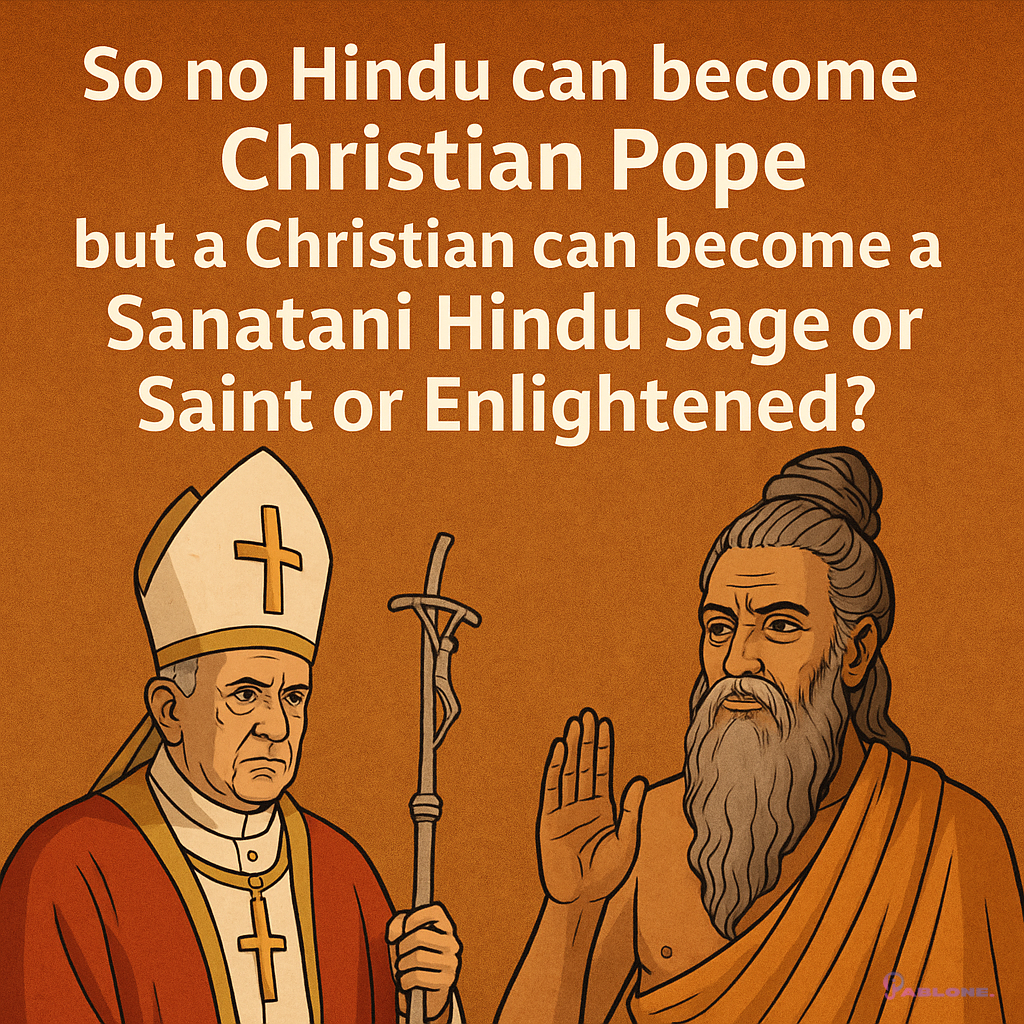
Leave a Reply